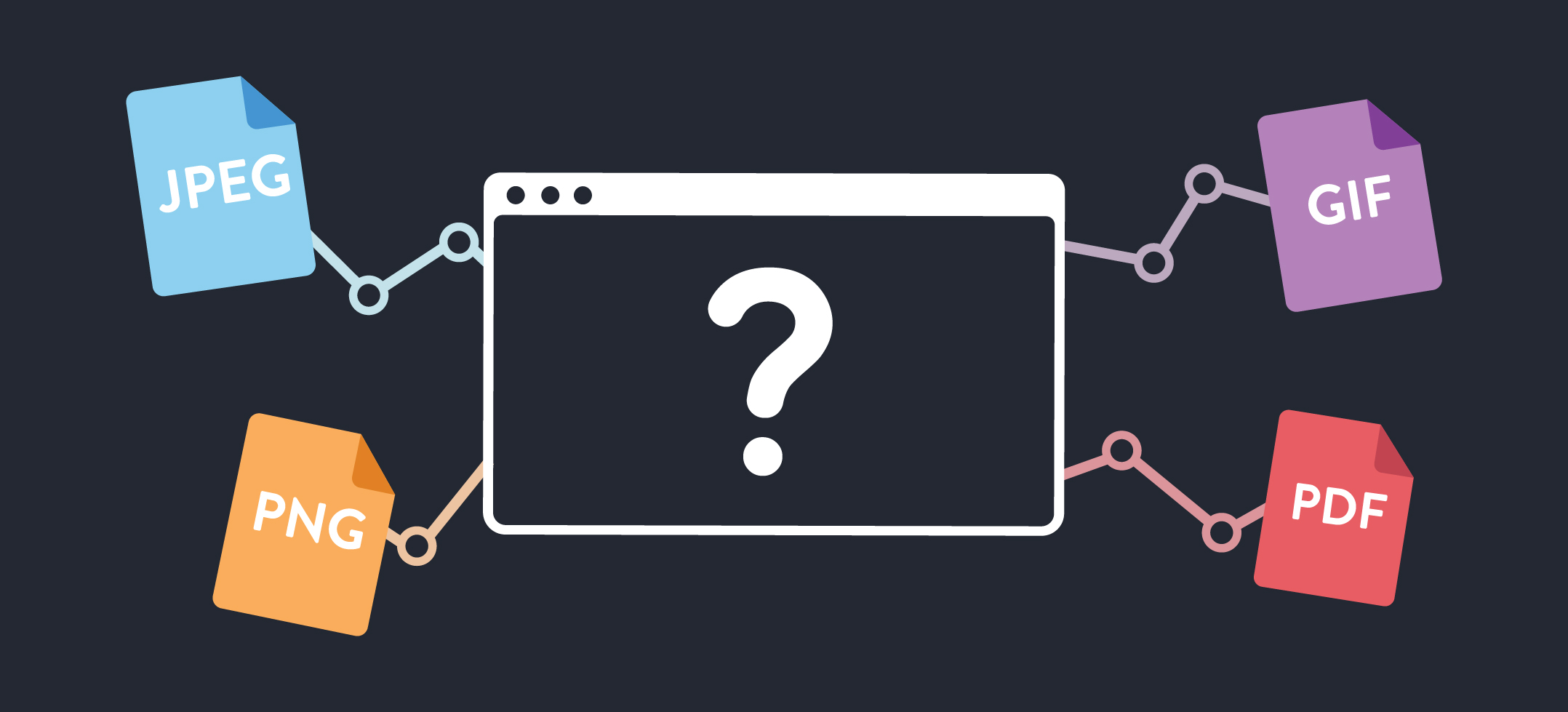

- ONLINE OPTIMIZE IMAGES FOR WEB HOW TO
- ONLINE OPTIMIZE IMAGES FOR WEB ZIP FILE
- ONLINE OPTIMIZE IMAGES FOR WEB PROFESSIONAL
- ONLINE OPTIMIZE IMAGES FOR WEB FREE
To beat this, you need to learn how to resize images for the web. They can take a long time to load, which negatively impacts the user experience and your search engine rankings. But, those same images might be harming your site. They keep users engaged and make a website, blog post, banner ad, or email look professional. Also, our unmanned system purges all data after one hour, so you don’t need to worry about the security of your data.Īll uploaded data is deleted after 1 hour.Images are essential on the web. Your original files will stay untouched on your system, so if you are unhappy with your compressed files, you can simply try again.
ONLINE OPTIMIZE IMAGES FOR WEB FREE
There is no need to be worried about the safety of our free service. You can use this tool as many times as needed without cost. Ready for another batch? Hit the “CLEAR QUEUE” button and start again. If you don’t need all of them, you can hit the “DOWNLOAD” button under each thumbnail instead to grab each one individually.
ONLINE OPTIMIZE IMAGES FOR WEB ZIP FILE
This will download a ZIP file with all your compressed images. When you are satisfied with the current batch, hit the “DOWNLOAD ALL” button. When you’re finished, hit the “APPLY” button and move on to repeat these steps with the next image. Now, move the quality slider up or down until you settle on a file size/quality setting you think is just right. Tap the thumbnail of the image you’d like to tweak. However, if you want more or less compression, you can control it. You’ll be able to see their real-time progress as our server analyzes them.Īs stated, our server will determine the ideal compression rate to reduce the file size while not reducing quality too much. Once uploaded, you’ll see thumbnails for all your images arriving in the queue. Our server can automatically parse out the files for you.įirst, hit the “Upload Files” button and navigate to your images. In other words, you don’t need to only upload JPGs and wait to upload PNGs. You can upload up to 20 images at once and you can feel free to mix and match file types. To begin, you’ll need to upload some images you’d like to compress.

This system intelligently analyzes uploaded images and reduces them to the smallest possible file size without negatively affecting the overall quality. It supports three file types: PNG, JPG/JPEG, and GIF. Our tool uses lossy compression to shrink down image files. Compressing them could free up more internal storage, fixing this problem. These images could be taking up a lot of hard drive space and preventing you from taking more photos. Likewise, you might have large images on your phone. Compressing this image would be very useful. Depending on your needs, this could be too big.
ONLINE OPTIMIZE IMAGES FOR WEB PROFESSIONAL
A JPG from a professional DSLR camera, for example, could be dozens of megabytes.

Why would you want to compress images?ĭepending on the source of an image, the file could be quite large. With lossy compression, how small you want the final file to be will depend on how much loss of quality you’re comfortable with. This results in a smaller file but with a reduced quality. Lossy compression is when the compressor removes excessive or unimportant bits from the original file. This results in a smaller file that has the exact same quality as the original. Lossless compression is when the compression tool removes empty, needless, or duplicated bits from the original file. There are two types of compression: lossless and lossy. Simply put, it means converting a large file into a smaller file. In terms of digital files, compression is the act of encoding information using fewer bits than what’s found in the original file.


 0 kommentar(er)
0 kommentar(er)
